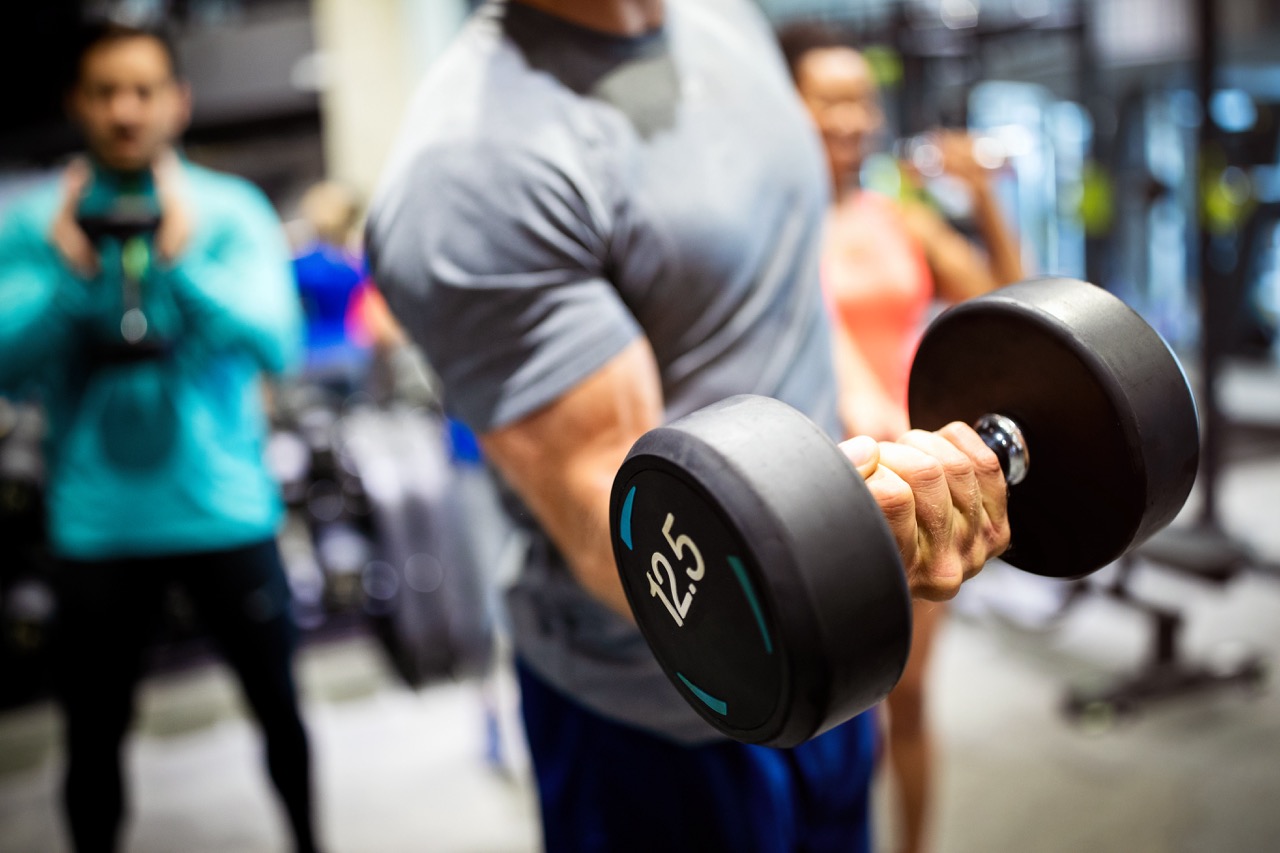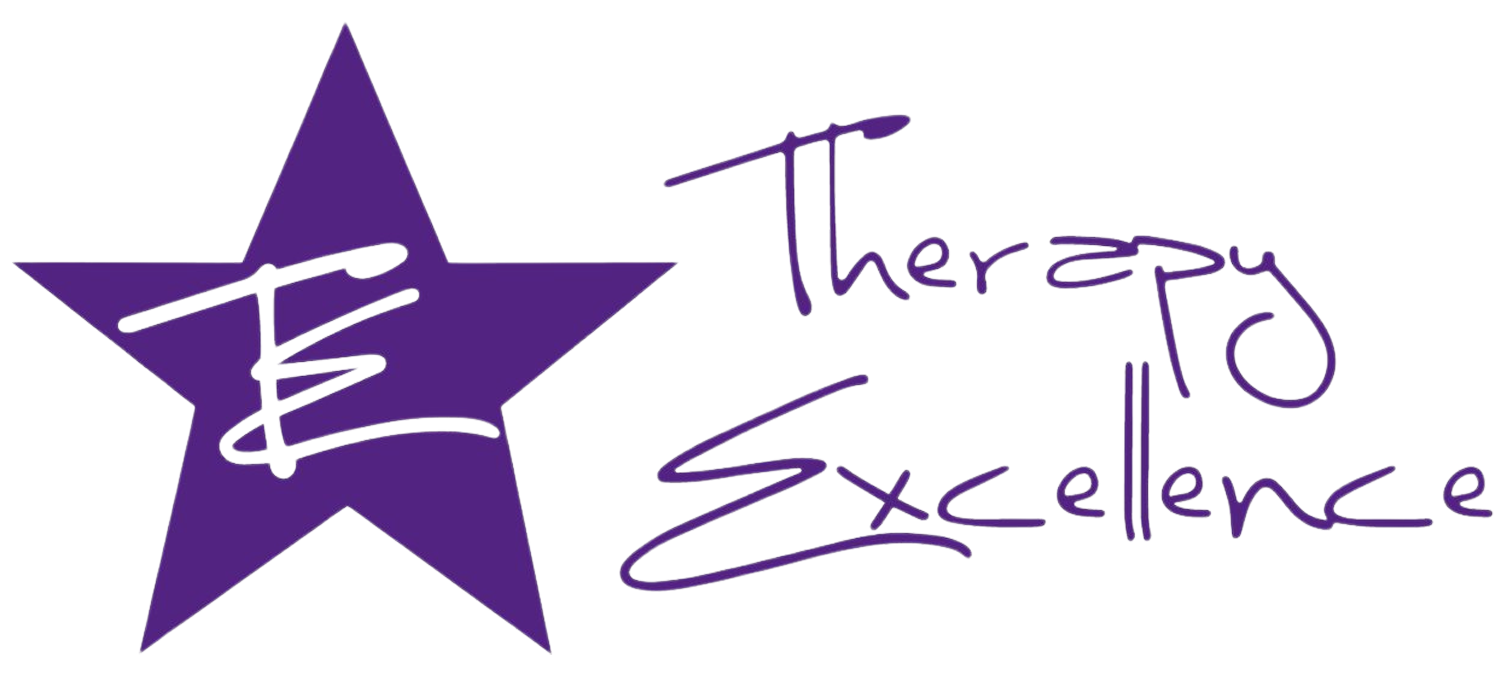Common Faults with Basic Lifts and How to Avoid Them - Jad Chatia

Strength and resistance training aren't just about building muscle—they're essential tools for enhancing overall health, boosting metabolism, and preventing chronic diseases. However, performing these exercises with improper form can not only be ineffective but also increase the risk of injury.
This guide will help you recognize common mistakes in basic lifts and learn how to correct them, ensuring you get the most out of your workouts safely and effectively.
Section 1: Squats
Common Faults:
- Knee Valgus: Knees caving inward.
- Rounding of the Lower Back: Poor spinal alignment.
- Heel Lifting: Lack of stability and balance.
How to Avoid Them:
- Knee Tracking: Ensure knees stay aligned with toes throughout the movement.
- Core Engagement: Brace the core to maintain a neutral spine and prevent rounding.
- Foot Positioning: Keep heels flat by adjusting stance width and ankle mobility.
Modifications for Pain:
- Box Squat: Reduces strain on the knees by limiting depth.
- Spanish Squat: Provides support and reduces knee stress.
- Heel Elevated Squat: Helps those with limited ankle mobility maintain better form.
Section 2: Deadlifts
Common Faults:
- Rounded Back: Loss of spinal neutrality.
- Improper Hip Hinge: Using the lower back instead of the hips.
- Bar Path: Bar drifting away from the body.
How to Avoid Them:
- Spine Alignment: Keep a neutral spine and engage core muscles throughout the lift.
- Hip Hinge Technique: Practice hinging at the hips instead of bending at the waist.
- Bar Control: Keep the bar close to the shins and thighs to maintain a straight bar path.
Modifications for Pain:
- Deadlift to Box or Cone: Limits range of motion for those with mobility restrictions.
- Banded Hip Hinge: Reinforces proper hip movement with reduced weight.
- Hex Bar Deadlift: Reduces lower back strain by altering weight distribution.
Section 3: Shoulder Presses
Common Faults:
- Elbow Positioning: Flared elbows or elbows pointing downward.
- Overarching the Back: Overcompensating with lumbar extension.
- Lack of Full Range of Motion: Not fully extending arms or locking out.
How to Avoid Them:
- Elbow Placement: Maintain proper elbow alignment to protect the shoulders.
- Core Stability: Engage the core to prevent overarching of the back.
- Controlled Motion: Focus on a full range of motion with each repetition.
Modifications for Pain:
- Landmine Press: Provides more shoulder stability and reduces strain.
- Dowel in Doorway: A great low-resistance alternative to reinforce proper movement.
- Short Arc Military Press: Reduces the range of motion to avoid discomfort.
Section 4: General Tips for Maintaining Proper Form
- Warm-Up: Prepare muscles and joints with dynamic stretches and activation exercises.
- Progressive Loading: Gradually increase weight to avoid overloading and injury.
- Use of Mirrors and Feedback: Self-check or ask for feedback to ensure proper form.
- Consultation with a Professional: Seek advice from a physical therapist or trainer when needed.
Conclusion
Mastering proper lifting technique is crucial for maximizing gains and minimizing injury risk. By addressing common faults and implementing appropriate modifications, you can improve performance and longevity in strength training.
If you're struggling with pain or unsure about your form, consider scheduling a session with a physical therapist for personalized guidance. Our team at Therapy Excellence is here to help you move better, feel stronger, and stay injury-free!
Further Reading:
- [The Importance of Core Stability in Strength Training]
- [How to Prevent Shoulder Injuries During Overhead Lifts]
- [Mobility Drills for Squat and Deadlift Performance]

Serving the DFW with Five Locations
At Therapy Excellence, our five clinic locations across the Dallas-Fort Worth region embody our commitment to personalized, hands-on care. Each center is staffed by highly qualified therapists specializing in manual therapy techniques, ensuring every patient receives exceptional, tailored rehabilitation services that set the benchmark for physical therapy in DFW.
Make An Appointment

